
What exactly is arrhythmogenic right ventricular cardiomyopathy and how does it manifest?
It probably sounds terrifying, but this condition is one of the most frequent causes of sudden death in young people. The real cause of it is not really known to the scientists, but it is known that children whose one parent has it are at high risk of inheriting the same condition; to be more precise, there is 50 % chance that something like that will happen. As for the main characteristics, the fact is that in people who develop this condition, the normal muscle cells of the right ventricle are progressively being replaced by fat and fibrous tissue, and even though at the beginning only certain parts of the right ventricle are affected, over time the problem becomes global.
The symptoms that are related to arrhythmogenic right ventricular cardiomyopathy include rapid heartbeat, fainting, tiredness, light-headedness and other signs that indicate arrhythmia, although the signs that are typical of cardiomyopathy (pain in the chest and shortness of breath, for instance) are rarely present. The worst symptom of this condition is sudden death. All of this makes the process of coming to a conclusion of the diagnosis, and practically impossible at the early stages. Electrocardiogram, 2-dimensional echocardiogram, several other tests and scans, and in some cases, even MRI is usually used for that. However, sometimes it is possible to miss it, even after all these procedures are performed. It is necessary to confirm the presence of fat in the right ventricle, the damage in that area and presence of family history of this disease in order to confirm the diagnosis.
What treatment methods are available?
Since the greatest majority of the patients who suffer from this heart condition do not develop any symptoms except probably arrhythmia, their treatment is usually focused on the prevention or control of that problem. In case the medications do not show any positive results, it might be necessary to implant cardioverter defibrillator or to try with some other method of treatment. Catheter ablation is one of the options, and it consists of inserting a catheter, which should deliver electrical energy to the right side of the heart, create a small scar and thus prevent transmission of arrhythmia. Another option is surgical ablation, which sometimes requires an open-heart surgery, but which consists of mapping, identifying and destroying the electrical pathway of the arrhythmia. However, even with the treatment of the symptoms, it is impossible to cure this condition.


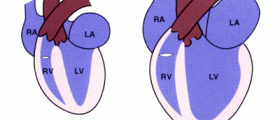

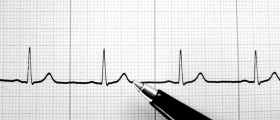




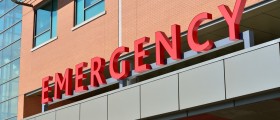
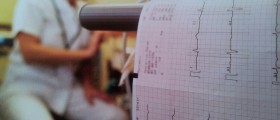

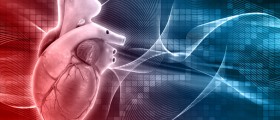
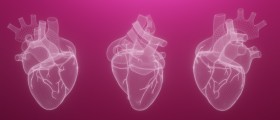

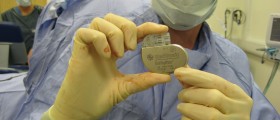
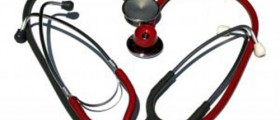
Your thoughts on this
Loading...